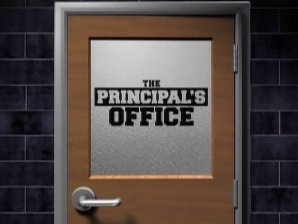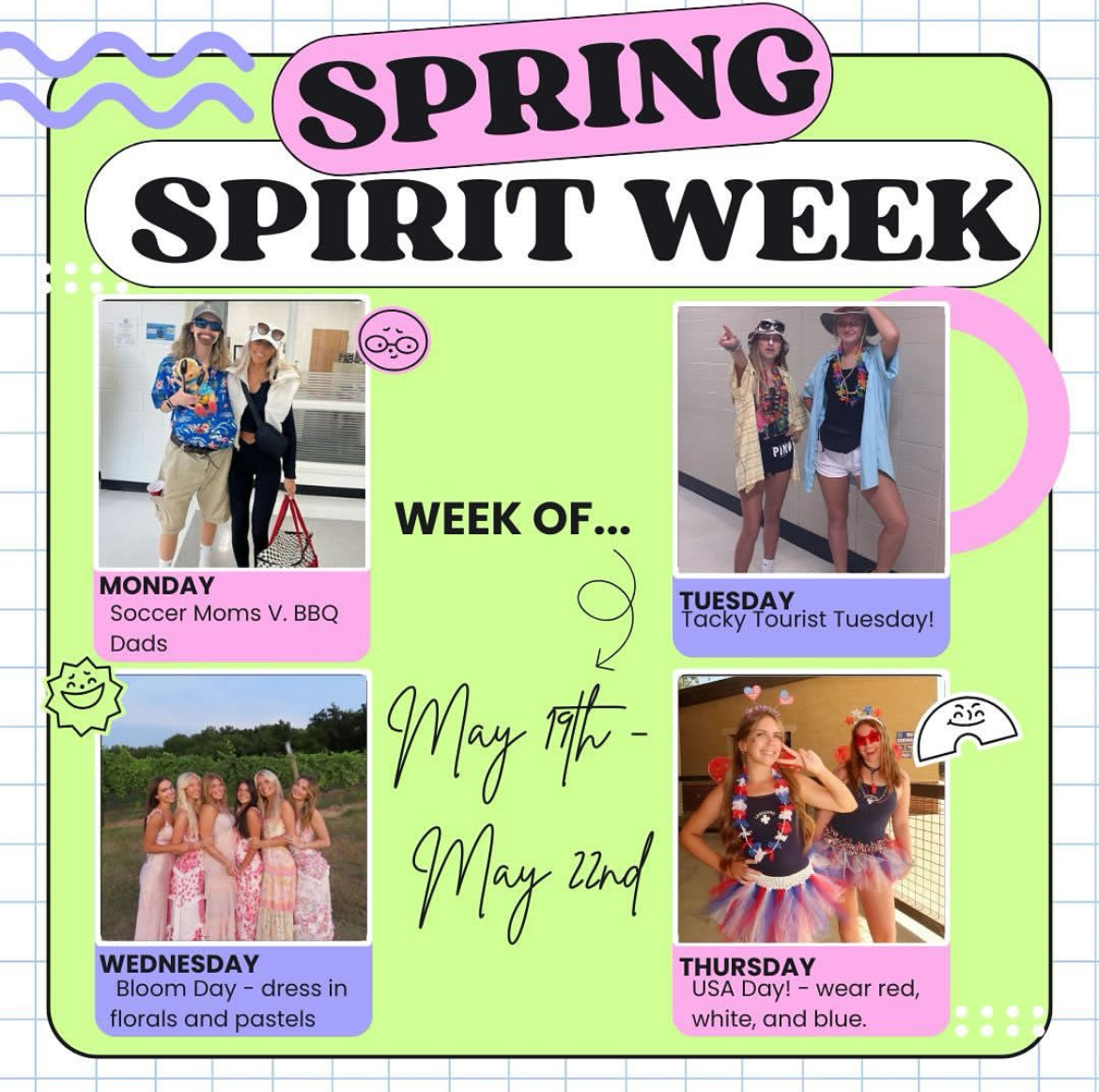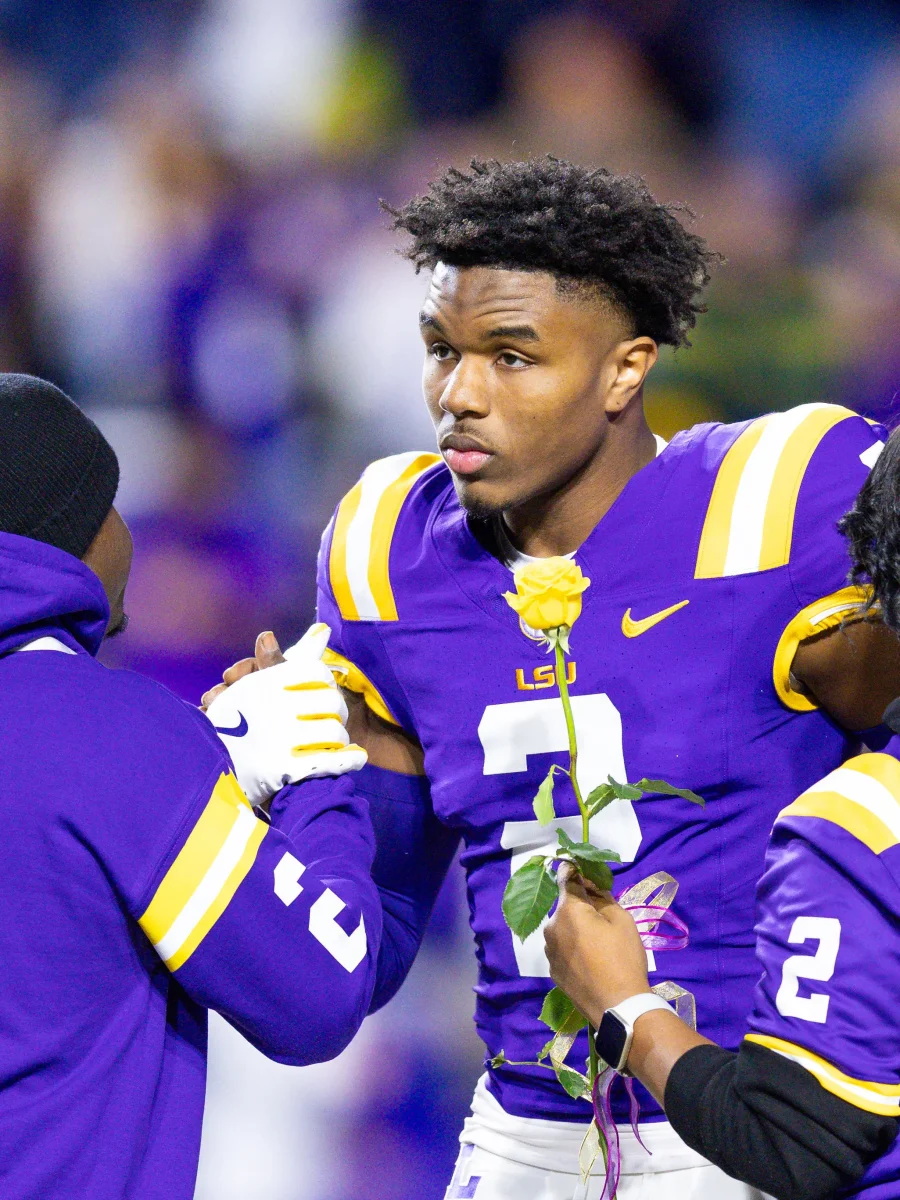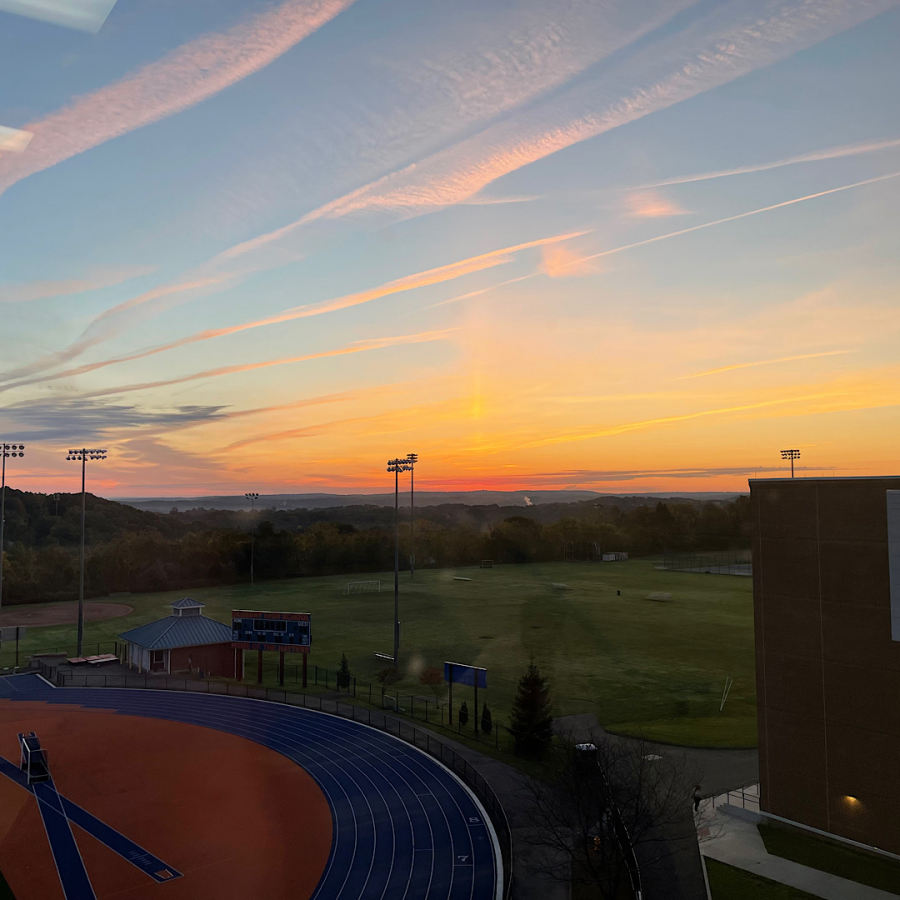Hatters in the building
How has the process of coming back to school impacted the DHS student body?
The sun rises at DHS as students get used to coming back into school.
October 22, 2021
It is now October, and school is back in full swing here at Danbury High: standstill traffic in the stairwells, Hatters Hooters hollering at the football games, and freshmen receiving directions to the pool on D5. It’s a drastic change from the high school that some people experienced last year: empty, barren hallways, devoid of any kind of life besides the few students motivated enough to drag themselves out of bed and commute to the building. For some, it’s the first time being back in the building in two years, and it’s a little unnerving to see peers who were last seen as freshmen pulling out of the student parking lot.
However, perhaps the most noticeable change between this year and last is noticed by those students that attended hybrid learning in the building last year: the sheer number of people in the building has multiplied now that students are back at full capacity.
“At first the amount of kids in the school was weird, I didn’t remember or realize how crowded it was,” Junior Olivia Muller said.
However, being back in person has changed the process of learning from last year: now, students are learning from teachers in front of them. You might even say that students are brushing up on their handwriting skills, finally completing written work on physical assignments after a year of turning in work virtually. This is beneficial for students, as they are more involved and present in an in-person setting.
“It’s great to be back in the school atmosphere and be able to learn from a teacher that’s right in front of me compared to watching a screen,” Junior Emily Maduas said.
Not only is the class experience different, but being back in person allows for more enrichment and effective learning for some students- being back in person means actually meeting and interacting with staff on a regular basis. It’s no longer possible to hide behind a computer icon.
For some students, like Sophomore Mariam Bhavnagarwala, this is their first year of completely in-person high school, and has impacted their learning greatly: “It has also made me grateful we have time to meet teachers one on one and get the help we need- instead of feeling confused and helpless like during online learning,” she said.
Coming back to school is more than just learning, though. It’s impacting the student body in a number of other ways. One of those ways is the gap in time over the past 18 months: being isolated from peers and the school atmosphere for that period of time means that coming back to school is a slap in the face: so much time has passed, and yet it feels like it shouldn’t have, because so many students didn’t experience a year of in-person school, and didn’t watch those around them grow gradually. It’s a major skip in time that the upperclassmen may have noticed more than others, as they have changed the most since 2020.
“It’s a little weird coming back as a driver because I still remember freshman year like it was yesterday, so I feel older than I should be,” Muller said.
This time warp isn’t just impacting students psychologically; it has also impacted their schoolwork, especially those who may be entering the hardest year of high school yet.
“Not only am I struggling with this year but it feels [like] I am also catching up for another. It is all a lot being back in person and I am wondering how much longer it will keep up,” said Thomas Schoelkopf, a junior now engrossed in the stress of AP classes, clubs, and lost time.
This is directly related to the laid-back routines developed last year by some students: classes ended at noon, with a break for lunch, and an afternoon free of the pressure of bussing, driving, traffic, after-school clubs, and hallway crowds that are now back and more present than ever in the daily lives of students. School days now last two hours later, not to mention the multitude of clubs meeting in-person once again after school.
However, new stressors aren’t all bad: in-person interaction has been extremely beneficial for new relationships and connections between students, especially in club settings.
“I think definitely compared to last year the clubs are more interactive; I know by personal experience with Word Warriors that last year all of us being online didn’t really help strengthen our connections and bonds, but I think this year it’s getting much better. It feels much more natural and safer to be able to see people eye to eye and have discourse in our discussions- which I’m glad to see happening.” said Sophomore Mariam Bhavnagarwala, President of the Word Warriors poetry club.
These changes in interaction are encouraging clubs and club leaders to increase their goals and ambitions for the year: so much more seems possible without the constraint of virtual meetings.
“This year, clubs are more ambitious and attempting to achieve higher goals to make up [for] missed events [or] opportunities over the past one and a half years,”Junior Sharva Karthikeyan said.
However, these new ambitions also translate negatively into the toll taken on students. After all, the sudden change in routine, from 0 to 100, is extreme, and has not been significantly acknowledged, despite its major impact. There is little time in this new, adjusted schedule for relaxation.
This is the sentiment circling the student body, particularly those students who have taken on a much larger workload, and whose circumstances have changed. These circumstances are extremely impactful, despite their seeming insignificance: whether it be the lack of open-note assessments, inability to schedule adequate flex time, or the pressure of traversing the DHS hallways to get to class on time, every new circumstance adds to the new stresses experienced by students back in school.
Despite all of the new stresses and anxieties that in-person school brings to students, there are major aspects of student life that have revived the enthusiasm for being a DHS student. No longer are students isolated: instead, they are naturally mingled with their peers and forming more effective and meaningful relationships with those around them.
Not only this, the high school has the ability to host events for students: further unifying the student body and establishing much-needed connection in the community after a year of isolation from that community.
“I really like the fact that the school is letting us watch sports games, especially football this year, it almost feels like things are back to normal. It definitely lifts everyone’s spirits when they can hang out with their friends and support the school,” Madaus said.
Overall, being back in school is bringing about much-needed changes for students in their learning and interaction, further tightening and strengthening the bonds in the communities.
Junior Hattie Maxwell sums it up well: “…it’s definitely a good change of pace from moving your finger on a mouse pad to get to your next class.”




















